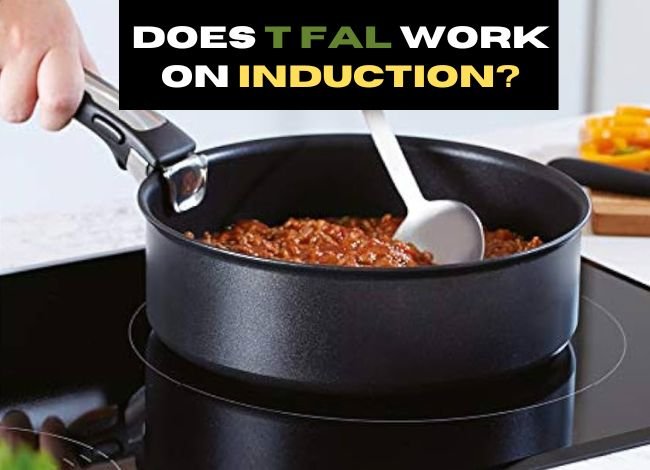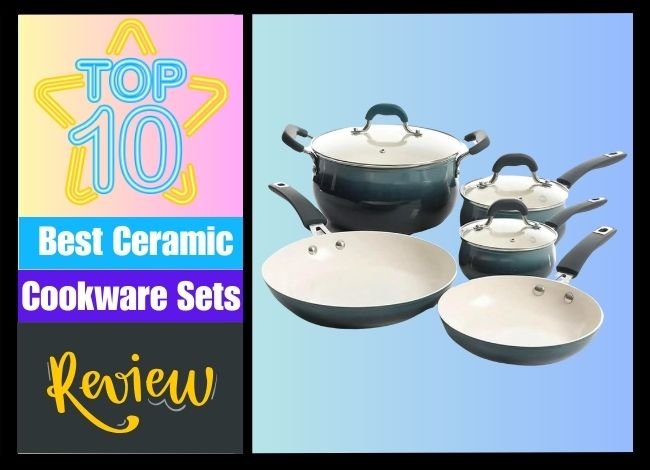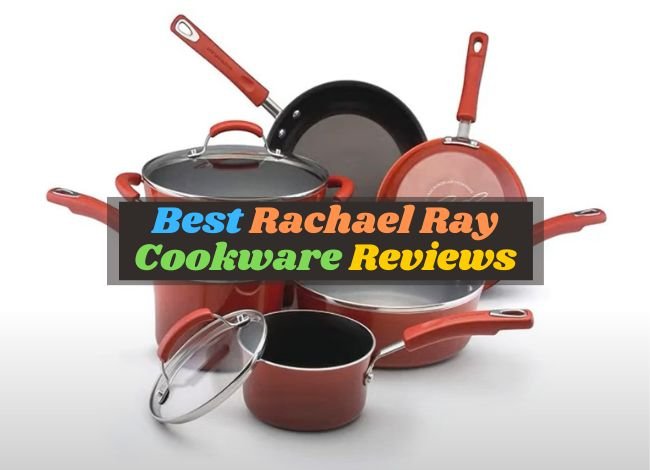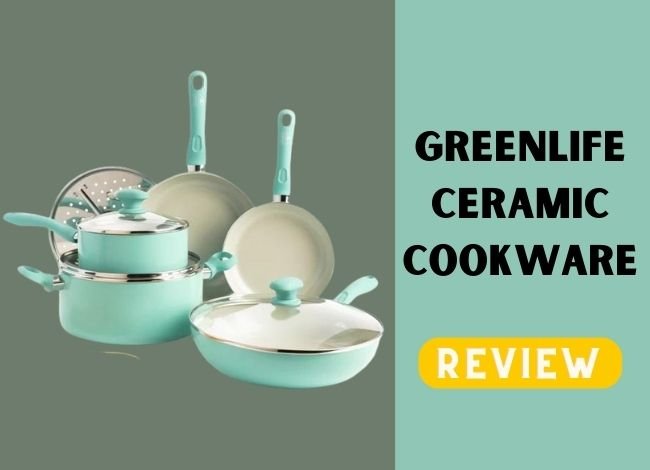Last Updated on January 30, 2024
When it comes to modern kitchen technology, induction cooktops have become increasingly popular for their efficiency and safety. With this surge in popularity, many home cooks wonder if their favorite cookware brands, like T Fal, are compatible with these advanced cooking surfaces. In this article, we delve into the world of induction cooking and examine whether T Fal cookware is suitable for use on these cooktops. We’ll also explore what types of cookware work best with induction and address safety concerns related to using Tefal products on these surfaces. Whether you’re a seasoned chef or a home cooking enthusiast, understanding the compatibility of your cookware with induction cooktops is essential for a seamless and enjoyable cooking experience.
Is T Fal Cookware Therefore Induction Compatible?
T Fal, a renowned cookware brand, is known for its non-stick and durable kitchen products. However, not all T Fal cookware is created equal in induction cooking. Induction cooktops require cookware with a magnetic base, typically made of stainless steel or cast iron. Some T Fal lines, such as T Fal Professional and T Fal Ultimate, feature induction-compatible bases. These lines have a ferromagnetic base that efficiently conducts the electromagnetic energy from the induction cooktop, ensuring even heating and excellent cooking performance. However, checking the specific product line is essential, as not all T Fal cookware has an induction-compatible base. This compatibility is usually indicated on the product packaging or in the product description. You can enjoy the brand’s renowned quality on your induction cooktop by choosing the right T Fal products.
What Doesn’t Work on Induction, Too?
Understanding what doesn’t work on induction cooktops is as crucial as knowing what does. Induction cooktops use electromagnetic fields to heat cookware, which requires the cookware to have a magnetic base. Non-magnetic materials like copper, glass, aluminum, and ceramic are typically incompatible with induction cooktops. These materials do not respond to the electromagnetic field, thus remain cold on an induction surface. Some cookware is specifically labeled as induction-friendly, but a simple magnet test can reveal compatibility for those without such labeling. If a magnet sticks firmly to the cookware’s base, it’s suitable for induction cooking. It’s important to note that some cookware may have a thin magnetic layer that’s insufficient for effective heating. Therefore, choosing cookware with a robust and fully magnetic base ensures optimal performance on an induction cooktop.
Is Tefal Safe to Use with Induction?
Tefal, another name for T Fal in many countries, raises questions about its safety on induction cooktops. Safety concerns often stem from the materials used in non-stick coatings and the cookware’s construction. Modern Tefal cookware is generally safe for induction cooking, provided it has an induction-compatible base. The brand’s non-stick surfaces, often made from PTFE (Teflon), are safe for cooking at typical temperatures. However, avoiding overheating the cookware is important, as extremely high temperatures can degrade the non-stick coating, releasing harmful fumes. Additionally, Tefal’s thermo-spot technology, which indicates when the pan is at the ideal cooking temperature, is a helpful feature for maintaining safe cooking temperatures. To ensure the safety and longevity of your Tefal cookware on an induction cooktop, it’s crucial to follow the manufacturer’s guidelines for use and care.
On an Induction Cooktop, What Kind of Pots Can I Use?
Selecting the right pots and pans for an induction cooktop can greatly enhance your cooking experience. The key characteristic of induction-compatible cookware is a magnetic base. Cast iron and magnetic stainless steel are the most popular choices due to their excellent heat conductivity and durability. Cast iron, known for its heat retention, is ideal for slow cooking and searing. Stainless steel, often combined with layers of aluminum for improved heat distribution, offers versatility and ease of maintenance. Some newer cookware lines feature a multi-layered base that combines different metals, ensuring compatibility and optimal cooking performance. Non-stick pans with a magnetic layer are also available, providing the convenience of non-stick surfaces with induction compatibility. It’s important to consider the weight and flatness of the cookware; a flat, well-balanced base ensures better contact with the cooktop for efficient heat transfer. When shopping for induction cookware, look for the induction symbol or perform the magnet test to confirm compatibility. With the right cookware, induction cooking can be a highly efficient and enjoyable experience.
Is it possible to use nonstick cookware on an induction stove?
Understanding the compatibility of nonstick cookware with induction stoves is crucial for modern kitchens. Induction stoves use magnetic fields to heat cookware, which means the cookware must have a magnetic base. Traditional nonstick pans, often made from aluminum, are not inherently magnetic. However, many modern nonstick cookware brands, including T-Fal, have started incorporating an induction-compatible base. These bases typically consist of stainless steel or an iron layer, making them suitable for induction cooktops. It’s important to check the manufacturer’s specifications to ensure compatibility. Using nonstick cookware on induction stoves offers efficient heating and easy cleanup, but always verify if your specific model is designed for this type of use.
Is T-Fal a reputable brand?
T-Fal, a French cookware and small appliance manufacturer, has established a strong reputation over the years. Known for creating the non-stick cookware category, T-Fal is recognized for its innovative designs and reliable performance. The brand’s commitment to quality is evident in its range of products, from basic frying pans to sophisticated cookware sets. Customer reviews and professional endorsements frequently praise T-Fal for its durability, ease of use, and value for money. The company continually invests in research and development, ensuring that its products meet modern cooking needs while adhering to safety and environmental standards. Whether you are a novice cook or a seasoned chef, T-Fal’s extensive product range likely offers a solution that can meet your cooking needs.
Which induction cookware is the best?
When it comes to choosing the best induction cookware, several factors need to be considered. Induction cookware must have a magnetic base, like stainless steel or cast iron, to work on induction stovetops. High-quality induction cookware should distribute heat evenly, respond quickly to temperature changes, and maintain a stable heat level. Some of the top brands in induction cookware include All-Clad, T-Fal, and Cuisinart. These brands offer a range of options, from affordable to high-end, catering to different cooking styles and budgets. Features to look for include durable construction, nonstick surfaces (if preferred), and compatibility with other cooktops for versatility. It’s also important to consider the cookware’s handle design, lid quality, and oven safety. Personal preference in terms of cookware material (stainless steel, nonstick, etc.) and specific cooking needs should also guide your decision.
Is Teflon used to make T-Fal?
T-Fal is synonymous with nonstick cookware, which often leads to questions about using Teflon in its products. Teflon, a brand name for a type of PTFE (Polytetrafluoroethylene), is a common material used in nonstick coatings. T-Fal initially gained fame for its innovative nonstick coating, which historically included PTFE. However, concerns over health and environmental impacts, especially related to PFOA (Perfluorooctanoic acid), another chemical once used to manufacture PTFE coatings, led to changes. T-Fal, along with other cookware manufacturers, now ensures that its products are PFOA-free. The brand has also developed various other nonstick coatings, some PTFE-based and others based on alternative technologies, to cater to different consumer needs and preferences. When purchasing T-Fal cookware, it’s important to read the product specifications to understand the type of nonstick coating used and ensure it meets your requirements and safety standards.
Which T-Fal cookware set is the best?
Choosing the best T-Fal cookware set depends largely on individual cooking needs and preferences. T-Fal offers a wide range of cookware sets, each designed with specific features to cater to different types of cooking. For instance, the T-Fal Ultimate Hard Anodized Nonstick set is popular for its durability and scratch resistance. It’s ideal for everyday cooking and suitable for various cooking methods. The T-Fal Professional Nonstick Induction Base Cookware Set is highly recommended for those seeking an induction-compatible set. It’s known for its even heat distribution and robust construction. If budget is a consideration, T-Fal’s Signature Nonstick Dishwasher Safe Cookware Set offers great value, providing quality nonstick performance at an affordable price. Each set has unique features, such as Thermo-Spot heat indicators, dishwasher-safe materials, and different numbers of pieces. Evaluating your cooking style, the frequency of use, and specific cooktop compatibility will guide you in selecting the best T-Fal cookware set for your kitchen.
Is it Safe to Use T-Fal Pans?
When it comes to kitchen safety, T-Fal pans are a popular choice among home cooks and professional chefs alike. Known for their non-stick surfaces and heat-resistant handles, T-Fal pans offer a convenient and safe cooking experience. The non-stick coating, usually made from polytetrafluoroethylene (PTFE), reduces the need for excess oil, promoting healthier cooking habits. It’s crucial, however, to use these pans within recommended temperature limits (usually up to 500°F) to prevent the coating from degrading and releasing harmful fumes. Additionally, using wooden or silicone utensils can prevent scratches on the non-stick surface, ensuring both safety and longevity. Regular inspection for any flaking or scratches is recommended. If the coating is compromised, replacing the pan is advisable to avoid any potential health risks.
When it Comes to T-Fal Pans, How Long Do They Last?
The lifespan of T-Fal pans largely depends on usage and care. Typically, with proper maintenance, these pans can last anywhere from three to five years. Key factors that influence their durability include the frequency of use, cooking temperatures, and cleaning methods. To extend their life, avoiding high heat, which can damage the non-stick coating, and cleaning them gently with non-abrasive cleaners and soft sponges is essential. While often advertised as safe, dishwasher use can shorten the lifespan due to the harsh chemicals and high temperatures. Moreover, using the right utensils, such as wooden or plastic rather than metal, can prevent scratches that deteriorate the non-stick surface. Regular inspection for wear and tear is vital; once the surface starts to peel or becomes heavily scratched, it’s time for a replacement for safety and performance reasons.
Is it Possible to Bake with T-Fal?
T-Fal pans are versatile and can often be used for baking, provided they are oven-safe. Most T-Fal pans are designed to withstand oven temperatures, typically up to 350°F to 500°F, making them suitable for a variety of baking needs. It’s important to check the specific guidelines for each pan, as the temperature limit can vary based on the materials used in the handle and the coating. Baking with T-Fal pans offers an easy release of baked goods thanks to their non-stick surface, reducing the need for baking paper or greasing. However, caution should be exercised to avoid thermal shock, which can occur if a hot pan is exposed to cold temperatures suddenly. Gradual temperature changes are recommended to maintain the integrity of the pan. Furthermore, metal utensils should be avoided to prevent scratching the non-stick surface, which is crucial for both cooking and baking.
What Happens if You Cook on an Induction Cooktop with a Non-Induction Pan?
Using a non-induction pan on an induction cooktop often results in ineffective cooking, as induction cooktops require pans with a magnetic base to function properly. Induction cooktops work by generating a magnetic field that heats the pan directly. If the pan lacks a ferromagnetic base, such as stainless steel or cast iron, it won’t heat up, as the magnetic field cannot be established. This means cooking or heating food in a non-induction pan on an induction stove is practically impossible. Additionally, cooking with a non-compatible pan can lead to uneven cooking and energy wastage. It’s crucial to ensure that your cookware is marked as induction-compatible. This compatibility is often indicated by a coil or magnet symbol on the bottom of the pan. If you’re unsure, a simple magnet test can help determine if your pan will work on an induction cooktop – if a magnet sticks to the base of the pan, it’s suitable for induction cooking.
Why Aren’t My Pans Compatible with an Induction Cooktop?
Compatibility issues between pans and induction cooktops arise primarily due to the construction material of the pans. Induction cooking requires cookware with a magnetic base, such as cast iron or some stainless steels. The induction cooktop generates a magnetic field that the ferrous (iron-containing) base of the pan converts into heat. If your pans are made of non-ferrous materials like copper, aluminum, or glass, they won’t work on an induction cooktop since they can’t conduct the electromagnetic field. Some pans are specifically designed with a layer of magnetic material on the bottom to make them induction-compatible, regardless of their main construction material. It’s essential to check for an induction symbol or use a magnet to test the pan’s compatibility. Pans that are not induction-ready won’t heat up on an induction stove, leading to a frustrating cooking experience. Investing in induction-compatible cookware is vital for those who own or are considering an induction cooktop.
What Pans Aren’t Induction Compatible?
The key factor when it comes to cookware is the material that isn’t compatible with induction cooktops. Traditional aluminum, copper, glass, and ceramic pans won’t work on induction stovetops because they can’t conduct the electromagnetic field needed to heat up. The science behind induction cooking requires pans made of or containing a ferromagnetic material like cast iron or some stainless steels. This is because induction cooktops generate a magnetic field that reacts with these materials to produce heat. On the other hand, non-inductive pans will remain cold on an induction hob, as they cannot convert the electromagnetic energy into heat. Therefore, when shopping for cookware, avoiding these non-ferromagnetic materials is crucial if you have an induction cooktop.
What is the Best Way to Tell if a Pan is Induction?
Determining if a pan is suitable for induction cooking is straightforward. The simplest method is to use a magnet. If a magnet sticks firmly to the base of the pan, it is compatible with induction cooktops. This is because induction cooking relies on magnetic fields to heat the pan directly. Another way to tell is by checking the packaging or the bottom of the pan for an induction symbol, which usually looks like a series of loops or a coil. Manufacturers often mark their cookware to indicate compatibility. Additionally, many modern pans are labeled with their compatible cooktop types, including induction. It’s always a good practice to read the product details or ask a sales representative if you’re unsure about a pan’s compatibility with induction cooktops.
What is the Induction Cookware Symbol?
The induction cookware symbol is a key indicator to look for when purchasing new cookware for an induction cooktop. This symbol generally resembles a coil or a series of loops, representing the electromagnetic field used in induction cooking. You’ll find this symbol on the packaging or the bottom of the pan. It’s a quick and easy way to identify whether the cookware is compatible with induction hobs. This symbol is an industry standard, so it should appear on all cookware that is designed for induction cooking. Keep an eye out for this symbol to ensure you’re selecting the right cookware for your induction cooktop.
Is it True that Induction Cooktops are Readily Scratched?
A common concern about induction cooktops is their susceptibility to scratching. The truth is, like any cooktop, they can be scratched, but it largely depends on how they are used and maintained. Induction cooktops typically have a glass-ceramic surface, which is durable but not immune to scratches. Avoid sliding pans across the cooktop to minimize the risk and use cookware with smooth, flat bottoms. It’s also important to regularly clean the surface and remove any debris or spills that could scratch the cooktop when placing or moving pans. With proper use and care, an induction cooktop can remain sleek and scratch-free for years.
Conclusion
In conclusion, when dealing with induction cooktops, understanding the compatibility of your cookware is essential. Remember, materials like aluminum, copper, glass, and ceramic are unsuitable without a magnetic layer. Always use the magnet test or look for the induction symbol to ensure compatibility. While induction cooktops can be scratched, proper use and maintenance can greatly reduce this risk. Embracing induction cooking technology can bring efficiency and precision to your culinary experiences, as long as you equip your kitchen with the right tools.




